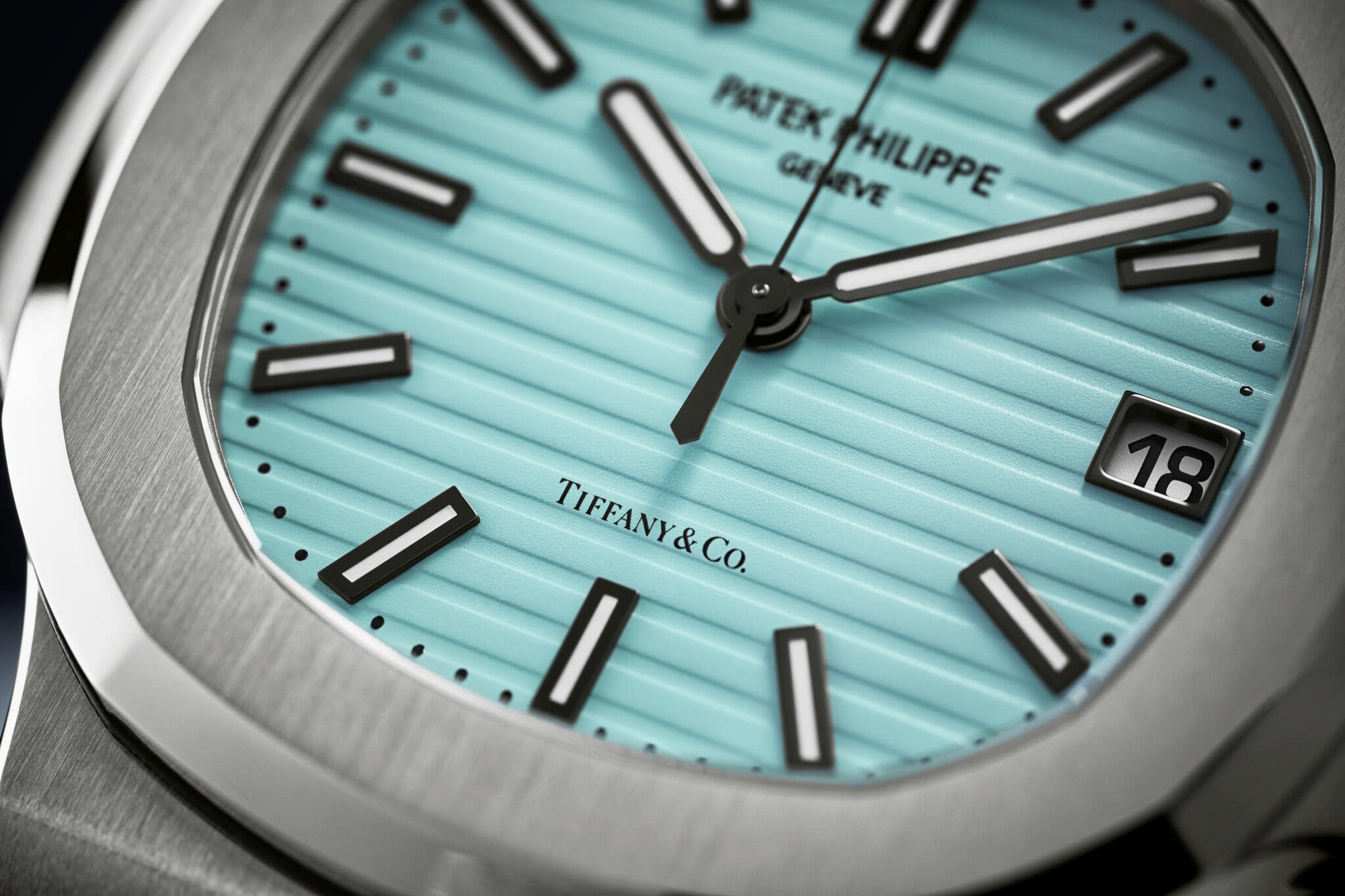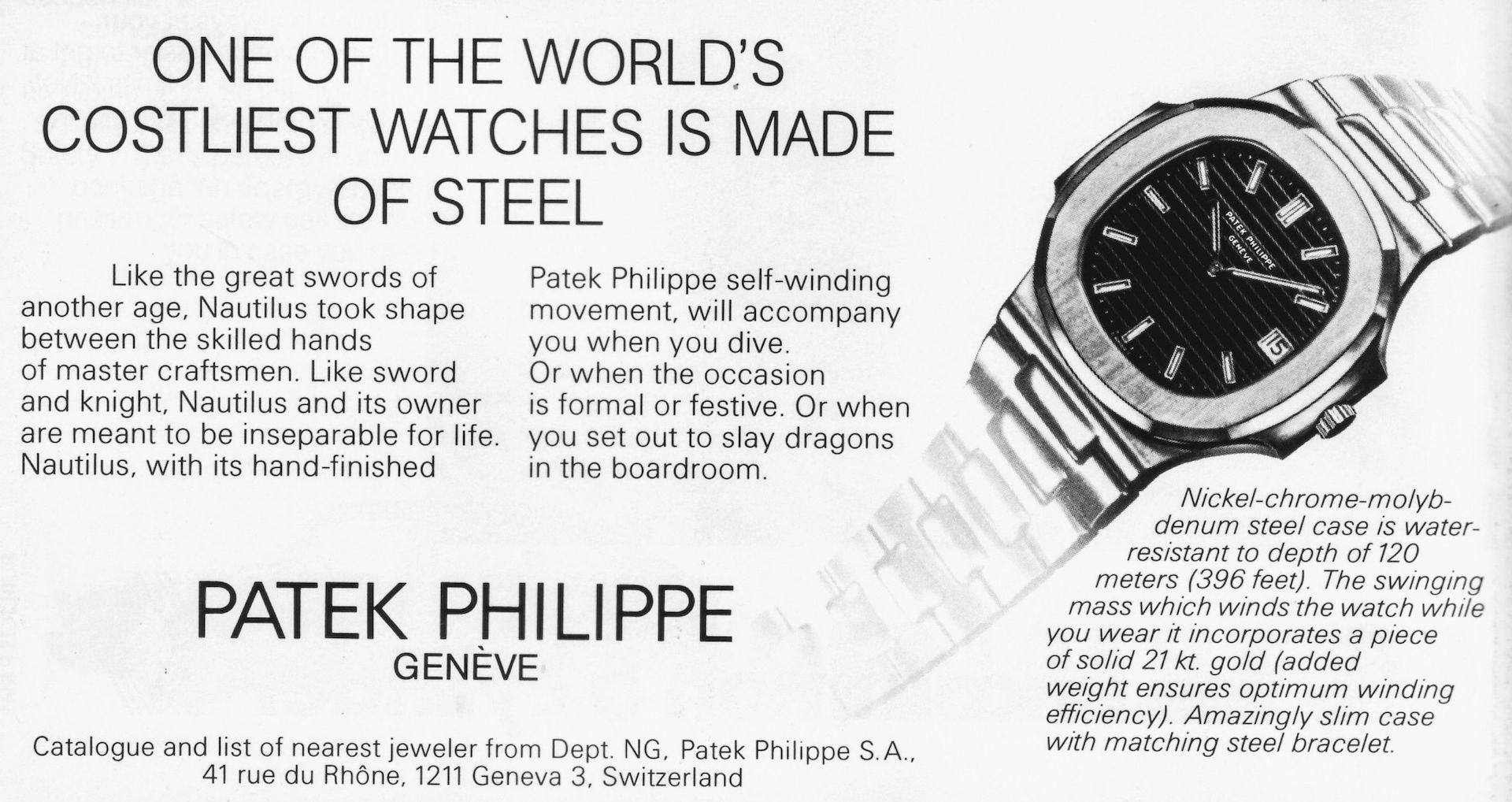
At the outset of 2022, one major topic is on the minds of many watch lovers out there: Will buying watches still be so difficult this year? Unfortunately, for many people, 2022 will probably still prove challenging when it comes to purchasing the most-hyped timepieces. This complex situation is one which we have frequently discussed on aBlogtoWatch, if only because it continues to be a thorn in the side of parts of the watch industry, including many members of the aBlogtoWatch audience. It is my hope that by encouraging a long enough conversation about the problem of wristwatch availability, solutions will eventually be prompted into effect.
To discuss the matter of luxury watch availability today, I spoke with watch collector Scott Starr (@frozentime1010) from Chicago, Illinois. His recent experiences are all too common with fellow timepiece hobbyists around the world, many of whom feel particularly lonely and frustrated with the status quo. A common scenario is that the purchase of most new Rolex watches, along with a large variety of pieces from other brands including (but not limited to) Audemars Piguet, Omega, and many more is met with a dead-end. Retailers do not have pieces in stock. Retailers will not discuss when new pieces will be in stock or offer assurances to consumers that they can be placed in line to purchase new watches when they are in stock. Often retailers or gray market dealers who have watches in stock will demand extra money or other purchases prior to agreeing to sell high-demand inventory.
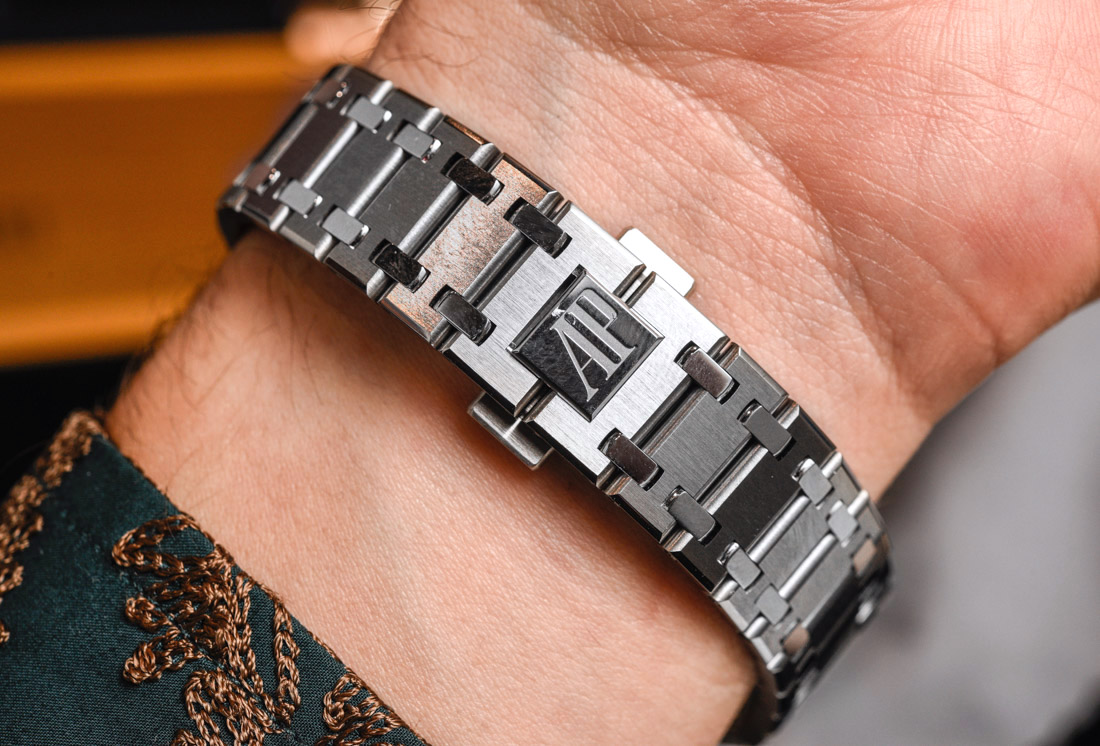
Many argue that this is just a normal manifestation of supply and demand in an unregulated commercial environment, but the outcome is a real source of serious negativity for many would-be watch buyers. In some instances, at least, otherwise long-term watch hobbyists and buyers are turned off from the hobby early on, given the frustration involved in getting a watch they want. This deprives our community of new members, and it also deprives the watch industry from the business that new consumers offer over the course of years of collecting behavior. In other words, the problems associated with the unavailability of luxury watches are more than just an irritant for people with high disposable income — it threatens the short- to mid-term performance of the watch industry because a lot of consumers are becoming turned-off or disillusioned with the status quo. Solutions to the larger issues are still hard to come by.
Ariel Adams: Scott, what has your experience been over the last year or two when it comes to attempting to get some of the more in-demand watches from Rolex? How do you feel your experience compares with that of watch-collecting friends in your area?
Scott Star: My personal interaction with Rolex Authorized Dealers has changed pretty dramatically in the past couple of years. Prior to the pandemic, it was still nearly impossible to walk into an A.D. and find an in-demand model you’d like to purchase, but there was still a slim chance for success in a right time/right place scenario. Display cases were largely filled, even if a semi-premium watch like a polar dial Explorer II was the exception and Datejusts were the rule. At that time, the sales staff still had something to sell and, therefore, largely had a positive, welcoming attitude.
Then, pandemic lockdowns took hold all over the world. Like most brands, Rolex had to shut down for a period of time, which caused less supply during a period when mechanical timepieces seemed to pique many more people’s interests than ever before. From a personal perspective, when you could once again walk into a Rolex A.D. (authorized dealer), the sales associates were initially excited to be meeting with potential customers in person, even if they had little to offer for purchase. In the past 12 months, however, the availability of anything in a retail store has dwindled to nothing. The sales staff has to field dozens of calls each day looking for a Daytona, a Batman, or a Submariner. They’re tired of having to say “no” all day long, and they are often suspicious of any new customer being a flipper. Their general attitude is one of defeated resignation rather than an opportunity to get to know a potential long-term customer. Anyone I talk to sees the same downward spiral, and only those with the most determination continue to make in-person visits, at this point.
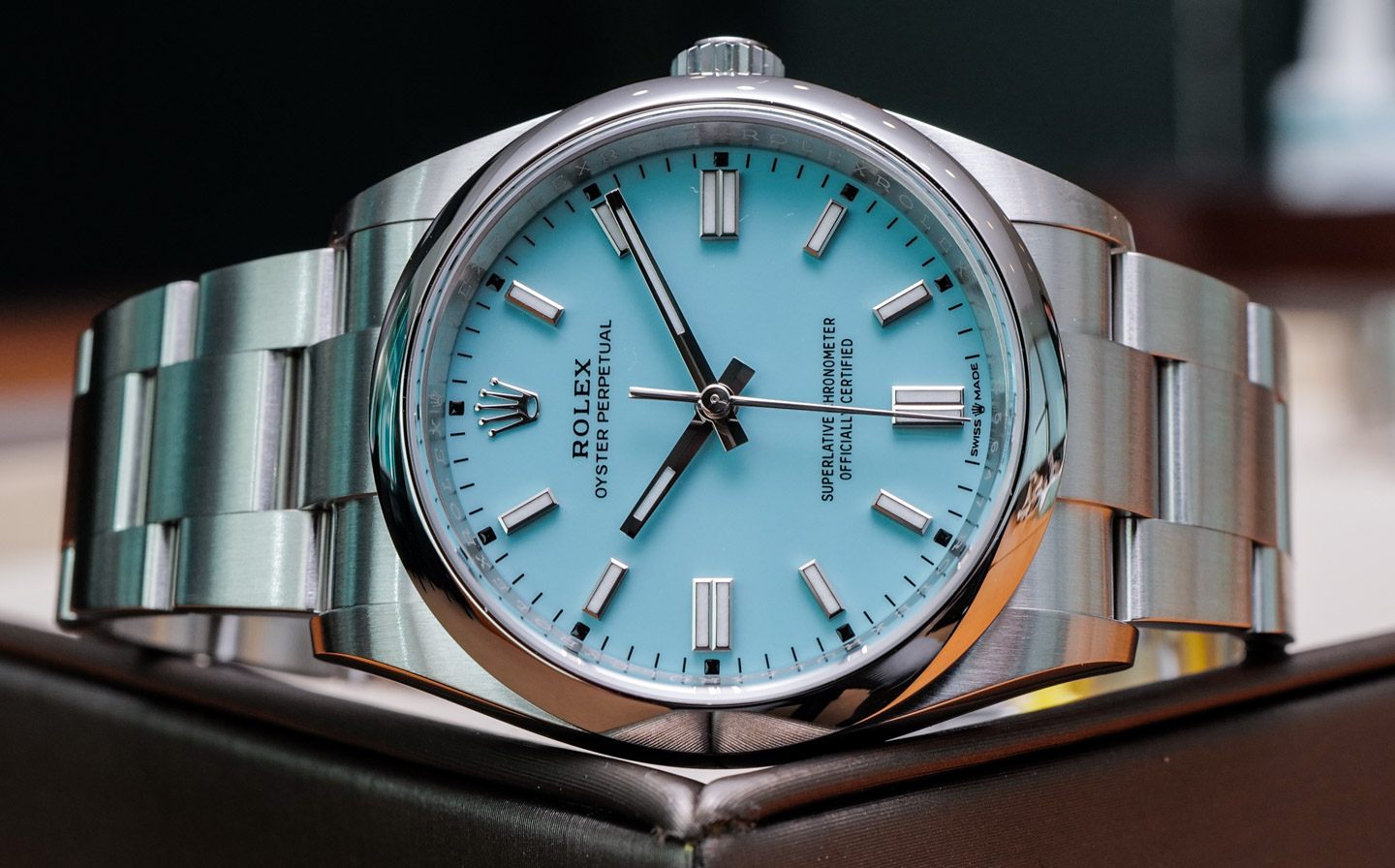
Ariel Adams: It sounds like you have a lot of sympathy for the staff at Rolex boutiques and authorized dealers, all of whom are in a strange position themselves. No doubt, many of them do want to make their customers happy and fret over not having much good news to report to them. I will remind people right here that Rolex dealers most of the time have no idea what inventory Rolex will send them prior to the pieces arriving. Once a small number of new Rolex pieces come into a store, there is already so much demand that those watches go straight to waiting clients, as opposed to showcases.
Nevertheless, as you pointed out, the attitude of many watch dealers has shifted (perhaps for the worse) due to supply issues, while at the same time certain enterprising dealers have used the scarcity to their advantage. Prior to the pandemic, it was relatively uncommon for retailers to mark up brand new watches or demand that clients purchase other less-desirable watches prior to being granted the “permission” to purchase a more desirable watch. From your perspective, and that of the community, what are some of the lines that retailers and dealers have crossed that create a negative experience for consumers, and whose ongoing practice might very well cause serious damage to consumer enthusiasm and trust in the modern luxury watch buying experience?
Scott Starr: While there certainly are many ethical dealers out there, I think there’s been an erosion of trust. Desirable pieces aren’t available at authorized dealers, but there’s no shortage of new, high-demand watches with box and papers at two or three times list price all over the Internet. For example, right now there are over 300 Patek Philippe Nautilus new steel watches for sale on Chrono24. Where is all this inventory coming from? At a recent visit to an authorized Patek dealer, I didn’t even ask about a Nautilus before the sales associate let me know in no uncertain terms I’d need to purchase five (!) other PP pieces before I’d be considered for a Nautilus or Aquanaut.
There’s no doubt the scarcity of some of these hard-to-get watches is part of their appeal; human nature is often to want what you can’t have. Yet, for new enthusiasts and veteran collectors alike, if you can never achieve your goal without paying dramatic premiums, it can really tamp down the excitement of the chase.
For collectors and enthusiasts in it for the long haul, seeking out and discovering lesser-known brands that still make high-quality and unique watches is a tremendously exciting part of the journey. Newcomers, though, might give up on the hobby before they truly get started. And that would be really disappointing because a lot of the fun is discussing with others what you’ve learned and loved along the way.

Ariel Adams: It certainly does seem as though more than a few sales entities are taking advantage of perceived high-demand watches and pricing them for what they believe someone might pay, as opposed to a fair amount that allows them to earn a reasonable profit from doing business. To me, that is the line that a salesperson must cross in order to go from a legitimate interest in making money as a business to unfair business practices. This matter predates the pandemic, actually. In 2018, I wrote this aBlogtoWatch editorial about how the practice of unscrupulously pricing watches was ruining parts of the industry. The COVID-19 era seems to have only amplified something that was already happening.
How much profit is unfair? I don’t have a particular threshold number in mind that would equate with fair profit, but I will say the following. Earning 30-50% margin on a sale is probably within the bounds of responsible, sustainable capitalism. Earning 100% margin is when you really have the market cornered with a product they need that cannot easily be supplied by others. Over 100% margin, I start to feel grossly abused as a consumer. In the context of watch prices today, we routinely see brand new watches being sold via gray marketers at several hundred percent more than retail prices. Consider, for example, some Rolex watches that are audaciously being listed for five times or more retail price. The desired profit these “scalpers and speculators” (as I call them) wish to receive is accordingly rude, and something the market will increasingly fight against as being inequitable. More so, no doubt the practices you are discussing by watch retailer staff, plus these desires for oppressive margins, are not only being noticed by a growing number of buyers but that the community is aggressively interested in change. A few questions still bother me.
First, are watch enthusiasts so typical in their behavior as consumers that simple hype and marketing dissuade them from other viable wristwatch purchase options? Let me explain. We know that at any given time, there are nearly infinite choices of luxury watches to buy, at nearly all price levels. These watches are available in stores in most major cities, as well as online. I say this because many high-demand watch “values” trade on the notion that these watches are not easily able to be purchased. But plenty of other watches are. If the goal of wearing a watch is to have something nice and interesting on your wrist, then why are so many enthusiasts hyper-focused on what they cannot have versus what is, in fact, available to them? Is this just basic consumer psychology, or is there something special happening in the context of watch buyers?
Second, why aren’t more watchmakers actively marketing to the many people who are being turned away by Rolex, Patek Philippe, and other brand representatives? It is true that many watchmakers today are experiencing supply issues that affect their ability to deliver new watches. That said, there is still plenty of new watch inventory in the market. Would it not make sense for brands to actively market to would-be Rolex (etc.) buyers, then simply espouse the virtues of their alternative luxury watch products to an audience that can’t buy their first choice? Do you think that would work, or does it miss the mark of why people are so focused in their attention on the small selection of Rolex and other highly-hyped luxury watches?

Scott Starr: Watch enthusiasts are unquestionably swayed by what is marketed to them. It’s that way for any consumer product that explodes in the marketplace, and it’s become even more commonplace in the age of Instagram and YouTube. Charismatic content generators on those platforms continually hype hard to get Rolex watches; the algorithms find the users who thirst for that topic, and the cycle repeats itself daily. It’s a win for the Internet celebrities since it increases their viewer base, and it doesn’t make sense for them to change their content when the most-liked and watched posts are ones in which “Rolex” is in the title. It takes effort to find things online that aren’t served up on a plate and, unfortunately, most people would rather not go through the trouble. Why would anyone seek out a specialty restaurant when all the food they love is already available at their fingertips?
Ariel Adams: When you describe the behavior of many Internet influencers, it does not project the most flattering image of the personalities and sources where a lot of people are getting “educated” about watches. I naturally think of my own journey (as a watch media person) and the active steps I took to avoid being much of what you are saying is the problem with a lot of online watch media. One can easily picture an “old school” charlatan simply using new school media to reach audiences. Slicked-back hair and a practiced smile combined with a believable pitch are all many people need to be sold something — perhaps sad, but ultimately a truism for many people.
Allow me to be slightly naive because I truly wanted to believe that given the high bar required to understand (let alone, afford) timepieces, the hobby would attract our best and brightest — in other words, people who are ostensibly more resistant to thinly veiled persuasion artists seeking to gain one’s confidence for a variety of self-serving goals. I use the term “opinion mercenary” to describe influencers for this reason, but I fear it will be some years before consumers more generally join me in this perception of many of today’s “Internet celebrities.” If anything, I say all this to make more people feel more comfortable about finding influencers — and their sales style — to be entirely uncomfortable.
Two articles I wrote some years ago (that I will link to below) come to mind as I hear you explain how the reason for a hyper-focus on particular watches (such as steel Rolex and Patek Philippe watches) is often a result of what people feel is “trending.” You describe a perfectly plausible scenario where consumers are presented with essentially two options online when it comes to learning about watches. First is the long and more difficult auto-didactic journey that people such as myself took when first learning about watches. This involves immersion in a topic without much guidance and simply trying to make sense of it all using your own powers of analysis. The more watches you see the more you can compare and contrast them in order to learn what makes various watches different and better or worse from one another. This approach forces people to form their own opinions, and it is what I prefer (I know, always the hard way).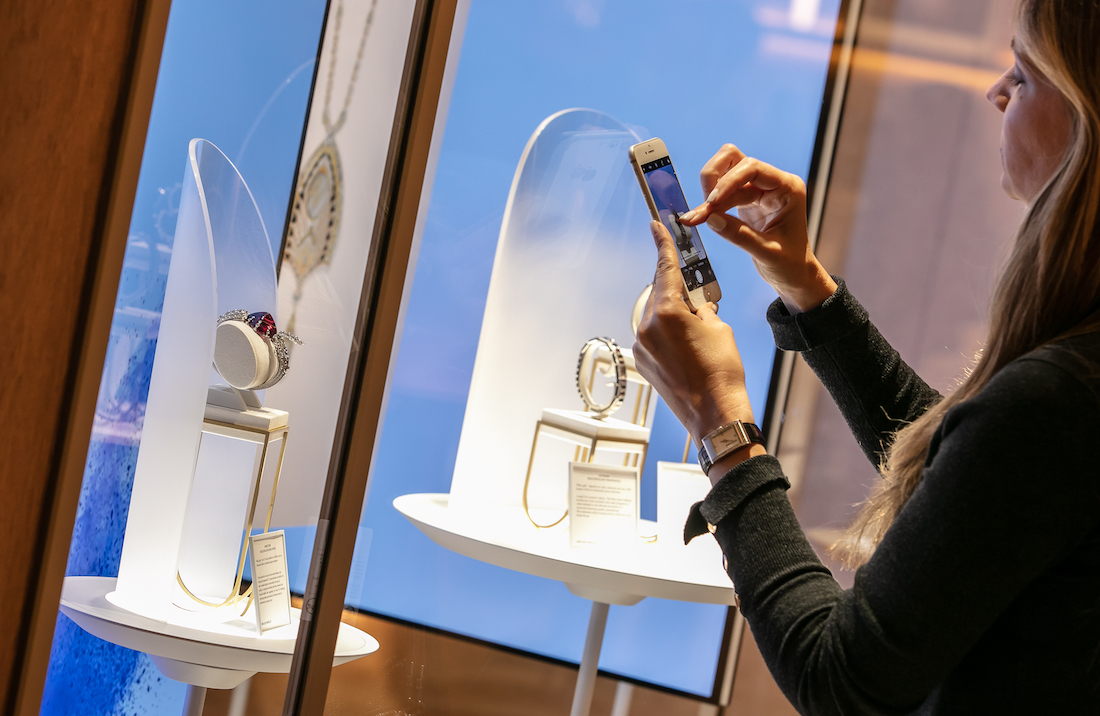
Today, however, the auto-didactic journey into watch collecting is just one of several available options. As you so astutely pointed out, people are typically highly amenable when things are served to them on a platter. And things that are served on a platter for free do tend to deliver what you pay for. The reality is that unless you are armed with carefully honed critical thinking skills, the Internet is like a minefield of dangerous, or simply misleading, information. Applied to this situation, while good information about watches exists online, too much of it is drowned out by the flashy presentation of many media personalities who want to sell you their message because it advances their agenda. While I have a strong opinion, my approach has always been to educate and inform, as opposed to persuade and pitch. The only real agenda I have is that I want more people to become watch lovers like me (and to somehow make an honest living in the process). So, if there is anything I’m trying to sell, it is the hobby itself and not a particular product or way to enjoy that hobby. More on this topic can be read here in my 2015 article titled “Are You Being Influenced As A Watch Collector,” as well as from this 2016 article titled” Why I Won’t Tell You What Watch To Buy.” Judging by your statements, it appears that out the outset of 2022, more in our enthusiast community are pondering these precise issues.
Finally, let’s talk about marketing and advertising. I think we can all agree that watch consumers are hungry for information and probably subject to being influenced as a course of developing their hobby. What you are pointing out is that many consumers are being led astray, or rather influenced in a wrong direction that will make them unhappy. It isn’t that consumers want to be led astray, but rather that most (not all) of the options available to them on social media platforms lack both credibility and accountability. Such media often point them to watches they cannot easily get and may advance the idea that they should purchase watches for unwise reasons (such as for financial investment purposes). aBlogtoWatch finds (for instance) that many of our new audience members are people who have been into the watch collecting hobby for at least two or three years. Not brand new enthusiasts — probably because our strategy is specifically not to hand-feed purchase decisions to readers, while also being a place to serve more sophisticated conversations about the watch enjoyment hobby. This finding also means as people enter the hobby, the majority of online media personalities they encounter are probably going to influence them in a direction that will make them unhappy as consumers (such as anyone trying to buy a Rolex that is known to be unavailable in stores). That does not bode well for the continued growth of happy long-term collectors, in my opinion. Is there a solution to hype in the watch space?
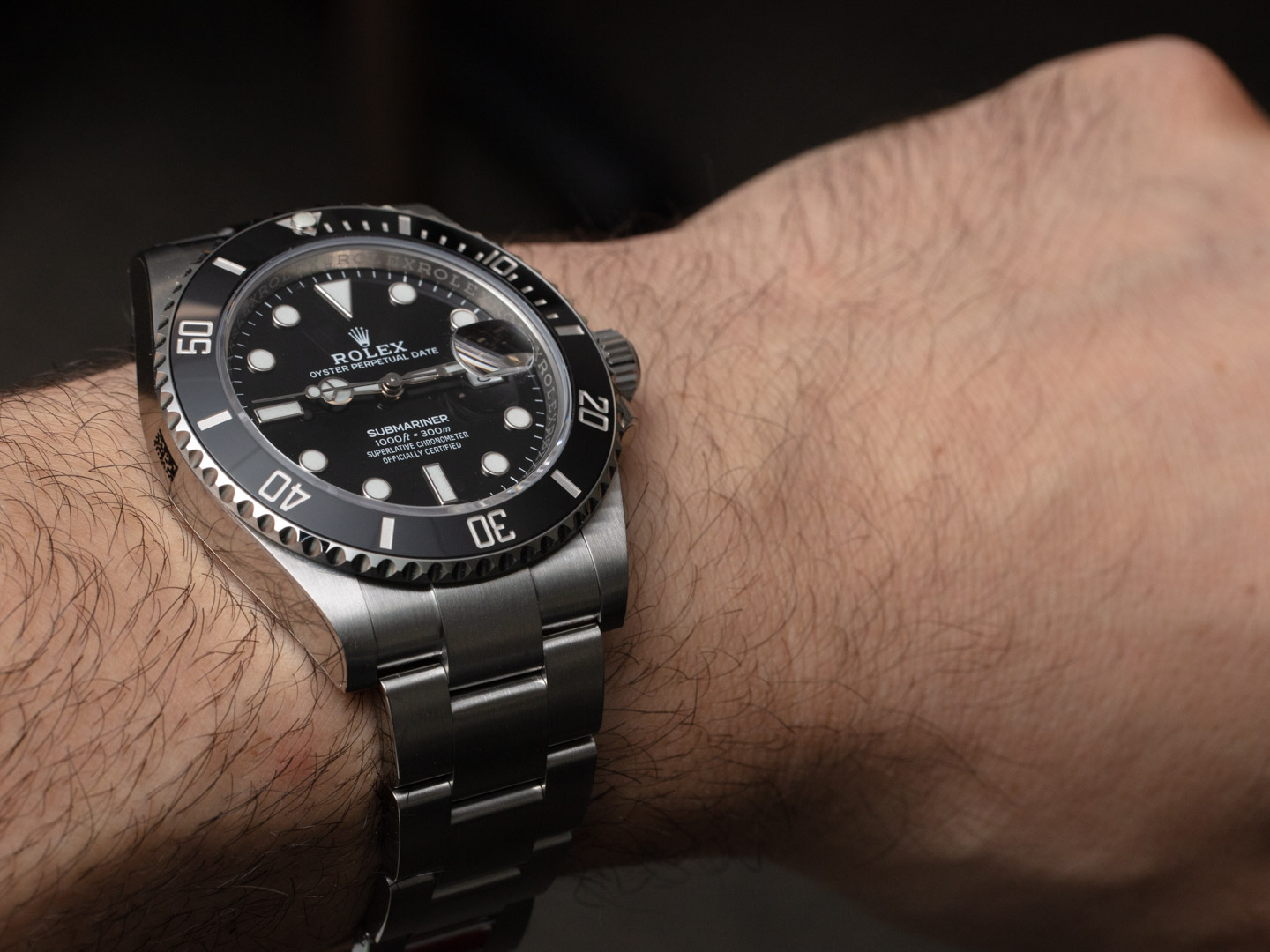
Scott Starr: I don’t believe there’s any reason to try to convince people to avoid the hype, simply because it never works. It’s the glitter that attracts, and it always will. In the current climate, that glitter takes the form of shiny stainless steel from a select few brands. Rather than look on the negative side from both the consumer and the brand perspective, I say embrace it. As we’ve both noted in this discussion, it’s our wish to have more watch enthusiasts become involved in the hobby, and marketing hyped pieces is certainly one way to do that — as long as there’s hope you can get one, eventually!
If Rolex is truly concerned about a lack of availability of its products, it could set up a system, using a Rolex app that would allow direct consumer purchase probability of a few high-demand models. They wouldn’t want to cut out their authorized dealer network, so not all watches would be available on the app. Let’s use the Submariner as an example. The app lists the watches that can be ordered at that particular time, utilizing a non-refundable deposit amount that would at least make it a serious endeavor, perhaps 10%. Prior to the deposit being made, the app would show how long the approximate wait time would be for the watch to be ready for pick up at the closest Rolex A.D. to the buyer. Tesla does this effectively now with its buying model. On the Tesla app, you can check the progress of the delivery date window of your new vehicle. As one of the highest valuation companies in the world, Tesla is certainly doing something right.
This would accomplish two important things. A prospective buyer doesn’t have to guess if he or she will ever get to buy a Sub; the wait time is the wait time and just that knowledge alone takes some of the angst out of the process. This would help the A.D.s, as well, since they wouldn’t have to continue fielding all the calls and visits that always end in the same negative answer. Of course, a model like a Daytona wouldn’t be a part of the app process and the dealers would still have the control of awarding the few they see each year to their customer of choice. This direct-to-consumer plan would certainly help cut down on serial flippers and would also allow trust to be built among the brand, the dealer, and the buyer.
The entire app concept from a brand, direct to the consumer, would allow manufacturers. to more efficiently market their watches to potential customers who may not know much about their amazing models. A brand like Grand Seiko could sell one of its limited-edition pieces on an app just to attract new eyes to what they offer. The possibilities are numerous, and the price level of the watches is inconsequential to the concept. This plan keeps authorized dealers as a part of the equation but takes them out of the role of being the sole gatekeeper. When there’s hope, the consumer’s money will follow.

Ariel Adams: To me it sounds like watch brands would benefit from trying to do a bit of influencing themselves. On the other side of the aBlogtoWatch business we do a lot of marketing and content work for brands. One of my favorite things to do is come up with advertising messages and slogans that capture people’s attention about a brand and its products. Watch brand advertising once was incredibly fun, communicative, and highly produced. More recently, over the last 20 years, the “bite” has been taken out of most watch brand advertising (although I am doing my best to put some back into it). Consumers who engage with watch brand advertising might get curious but rarely feel a lot of necessary personality. So, where do they go seeking it? Influencers. I can’t help but feel that if watch brands put more effort into asserting stronger personalities in their advertising communications, there would probably be less of an appetite for social media watch influencers.
The reason I am speaking so much about influencers and watch media funneling consumers into narrow choices of watches is that I agree with you that it is really a big factor in why Rolex and other popular watches are unavailable in stores. Timepiece retailers as a group are not today known for creating demand, but rather trying to serve it. It might have once been the case that your discussion with a watch salesperson interested you in a watch you didn’t know about until you walked into the store, but that type of situation is far less common. Rolex retailers often joke about how they are just well-dressed cashiers because, in a sense, that is true. Much of the time, Rolex customers enter the store knowing both what they want to purchase and also far more about the products than the store staff. Rolex stores are being overwhelmed with more people wanting to buy watches than are available to sell. The store has nothing to do with creating this demand but is sure happy to be there to serve it.
One very plausible way to solve the “hyped watch” problem is to distribute consumer interest more widely to a larger variety of watches. That is something aBlogtoWatch has aimed to do for a long time. There are a lot of cool watch brands out there making excellent products. Not all of them are as well-known as others, but the reality is that no one really has a problem with availability if you are seeking a really nice watch. Remember that there isn’t a luxury watch inventory shortage. There is an overabundance of attention to a relatively small number of watch models and brands, for somewhat arbitrary reasons, but no one simply can’t get a fine timepiece any given day, in any given major city. So, my final question for you is what do you think could happen (or should happen) that would have the effect of widening people’s interest in more watches? At the least this would have the direct effect of helping watch enthusiasts like us focus our attention on other watches that we can buy, thus reducing stress. Or is that naive and the reason a lot of people love impossible-to-get-Rolex watches is because there is something so delicious about the thrill of the hunt?
Scott Starr: The thrill of the chase will, and should, always be a part of any type of collecting. When we are able to get anything we want, whenever we want, the excitement wears off very quickly, if it was ever there at all. Watch manufacturers will continue to create scarcity for certain models to stay relevant and dynamic. Yet, in doing so, I believe they will organically help with what we’ve been discussing. There has been a renewed interest in mechanical watches, and a younger generation is just beginning its journey. As people continue to be stymied in obtaining the super-hyped brands, they will branch out and seek what they can get. As you astutely described, there isn’t a shortage of luxury watches available at retail prices or below. New content is king, and attention spans are shorter than ever. A widening scope of what’s cool and desirable is already on its way… it’s just a matter of time.

